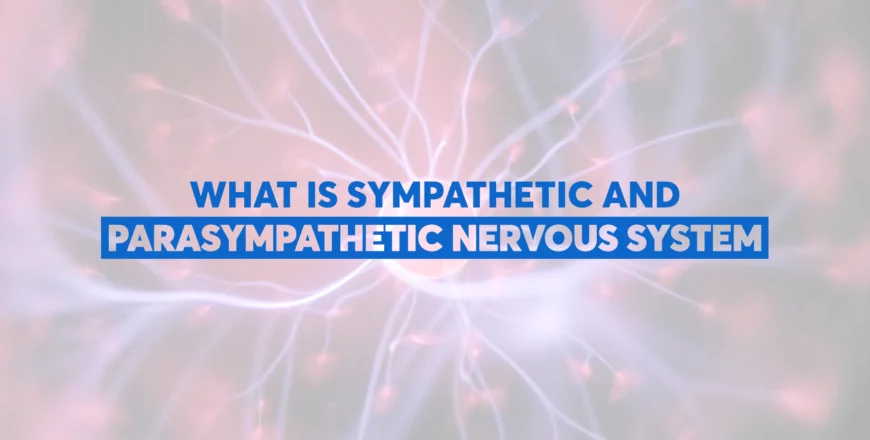
Course 21: What is the sympathetic and parasympathetic nervous system ?
- Description
- Curriculum
- FAQ
- Reviews

This course provides an in-depth exploration of the sympathetic and parasympathetic nervous systems, two essential divisions of the autonomic nervous system. Members will gain a comprehensive understanding of the anatomy, functions, and regulation of these systems. The course will delve into the physiological responses, interconnectedness, and the role they play in maintaining homeostasis. Practical applications and strategies for regulating these systems will also be discussed.
Course Outcomes (What you’ll learn)
1. Describe the anatomy and organization of the autonomic nervous system, including the sympathetic and parasympathetic divisions.
2. Explain the physiological responses and functions of the sympathetic and parasympathetic nervous systems.
3. Understand the interplay and balance between the sympathetic and parasympathetic systems for maintaining homeostasis.
4. Identify the neurotransmitters and regulatory mechanisms involved in the autonomic nervous system.
5. Recognize the role of the autonomic nervous system in various bodily functions and its implications for overall health.
6. Apply practical techniques and strategies for regulating autonomic responses and promoting balance.
7. Analyze and discuss clinical conditions associated with sympathetic and parasympathetic dysfunction.
8. Evaluate the relevance and application of self-regulation techniques in managing stress and promoting well-being.
Course Duration (The length of time to learn this course, or the amount of time that the course programme goes on for (might be 3 hours of study, or it might be 7 days of sticking to the course schedule)
This course will require 90 minutes of watching the video, reading course material and passing the quizzes. Then you apply this mindset everyday damn day for the rest of your life !!!
-
1What is the sympathetic and parasympathetic nervous system? - Introduction
-
2Lesson 1 - Describe the anatomy and organization of the autonomic nervous system, including the sympathetic and parasympathetic divisions.
-
3Lesson 1 - Describe the anatomy and organization of the autonomic nervous system, including the sympathetic and parasympathetic divisions Quiz
-
4Lesson 2 - Explain the physiological responses and functions of the sympathetic and parasympathetic nervous systems
-
5Lesson 2 - Explain the physiological responses and functions of the sympathetic and parasympathetic nervous systems Quiz
-
6Lesson 3 - Understand the interplay and balance between the sympathetic and parasympathetic systems for maintaining homeostasis
-
7Lesson 3 - Understand the interplay and balance between the sympathetic and parasympathetic systems for maintaining homeostasis Quiz
-
8Lesson 4 - Identify the neurotransmitters and regulatory mechanisms involved in the autonomic nervous system
-
9Lesson 4 - Identify the neurotransmitters and regulatory mechanisms involved in the autonomic nervous system Quiz
-
10Lesson 5 - Recognize the role of the autonomic nervous system in various bodily functions and its implications for overall health
-
11Lesson 5 - Recognize the role of the autonomic nervous system in various bodily functions and its implications for overall health Quiz
-
12Lesson 6 - Apply practical techniques and strategies for regulating autonomic responses and promoting balance
-
13Lesson 6 - Apply practical techniques and strategies for regulating autonomic responses and promoting balance Quiz
-
14Lesson 7
-
15Lesson 7 Quiz
-
16Lesson 8 - Evaluate the relevance and application of self-regulation techniques in managing stress and promoting well-being
-
17Lesson 8 - Evaluate the relevance and application of self-regulation techniques in managing stress and promoting well-being Quiz








